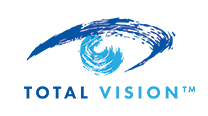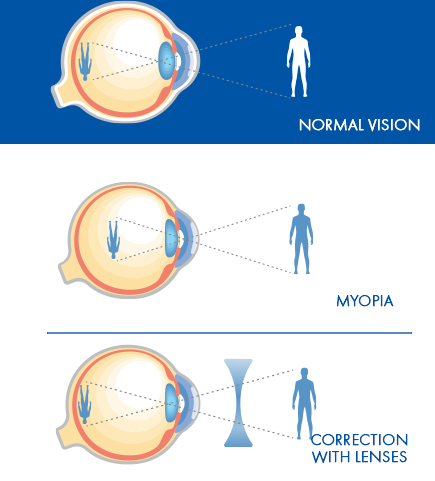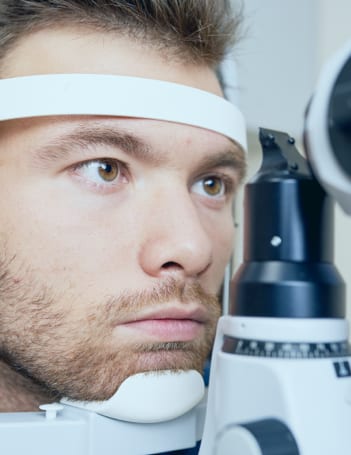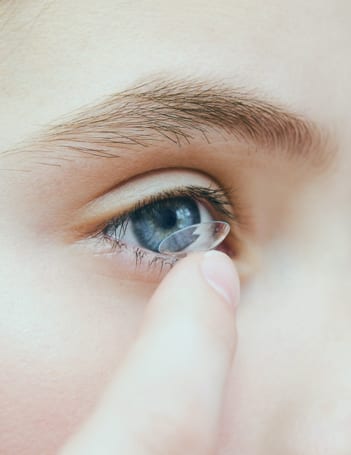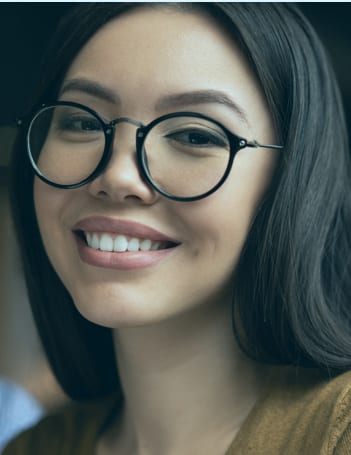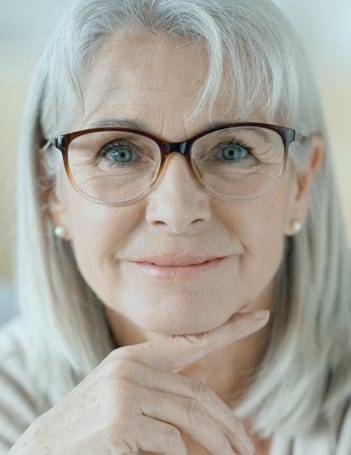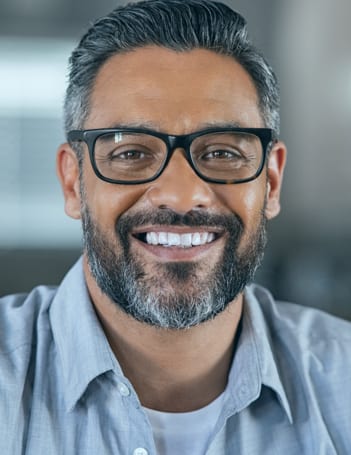Total Myopia Program
Myopia–also known as nearsightedness–is a refractive error that commonly begins in childhood and advances with age, causing distant objects to appear blurry. At Total Vision, we work with parents to manage and control nearsightedness, starting with children’s eye exams, through our Total Myopia program!
The Total Vision doctors employ innovative technology to assess, care for, and develop tailored treatment strategies for every patient. These comprehensive strategies can include:
- Scheduled follow-up appointments to help sustain eye health through consistent medical oversight and management.
- Assessments aligned with individualized treatment plans.
- Soft contact lenses worn on a daily basis.
- Ortho-k, the overnight contact lenses that are worn while sleeping and removed each morning to provide clear vision throughout the day.
- Thorough training on the proper usage, insertion, and removal of contact lenses.
- An ongoing maintenance regimen for effective nearsightedness control, with a focus on achieving lasting results.
- Prescription eyeglasses.
- Eye drops.
